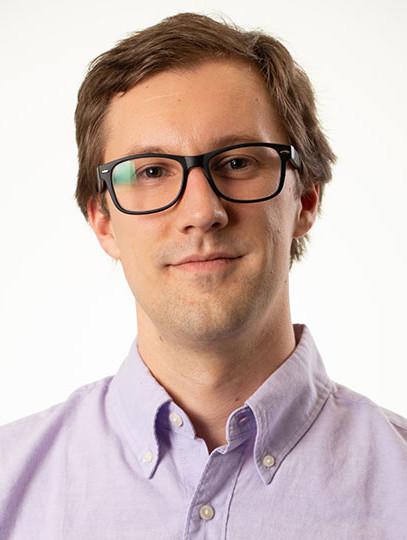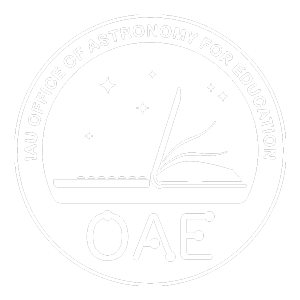Blowing Bubbles In Galaxies: A Zoo Of Bubbles From Jwst
TalkScience Topic: James Webb Space Telescope, the First Two Years
6th Shaw-IAU Workshop
Tuesday Nov. 12, 2024
UTC: 3:30 p.m. - 3:45 p.m. America/New_York: 10:30 a.m.- 10:45 a.m.
Thursday Nov. 14, 2024
UTC: 11 a.m. - 11:15 a.m. America/New_York: 6 a.m.- 6:15 a.m.
JWST's view of nearby galaxies has already produced some of the telescope's most iconic and widely shared images. Because of JWST's ability to peer into the mid-infrared, these images reveal the beautiful and rich structure of the cool gas in interstellar space, resolved on scales never before available. Among the most eye-catching features are the ubiquitous voids of gas. The hundreds of voids in each galaxy are "bubbles" driven by the energy and momentum imparted as massive stars form and (spectacularly) die. Their connection between the gas structure, galaxy structure, and massive stars make these bubbles invaluable for a wide array of open questions in star formation and galaxy evolution, including: How do massive stars reshape the galaxies they form in? Do bubbles trigger star formation, cease star formation, or both? How are heavy elements produced in massive stars mixed back into the galaxy? Previously, we needed sharper observations to reveal these bubbles, and robustly identifying them has long been an algorithmic challenge. Now, with JWST, we finally have the data to trace huge populations of bubbles. Our pilot study visually identifying the bubbles in a single galaxy yielded ~1700 bubbles, sufficient to provide new constraints on the size distribution of these structures (Watkins et al., 2023). Next, with imaging of 80 galaxies (and counting!) from treasury surveys led by the Physics at High Angular resolution in Nearby GalaxieS (PHANGS) collaboration, we are developing BubbleZoo: an upcoming citizen science project on Zooniverse to catalog and characterize 100,000s of bubbles. In this talk, I will outline the BubbleZoo project, describe how this massive population of bubbles will shape the next generation of star formation models and simulations, and discuss the potential for future citizen science projects in the rich, complex, and rapidly advancing field of star formation.
About Eric Koch
Eric Koch is a postdoctoral researcher and Director of Seamless Astronomy at the Center for Astrophysics | Harvard & Smithsonian. His research links the interstellar medium and star formation from the scales where individual stars form to whole galaxies. To do this, his work combines novel analysis techniques with radio, sub-millimeter, and infrared telescopes to trace the atomic and molecular gas in nearby galaxies. He also develops and maintains open-source software tools for the radio astronomy community.





